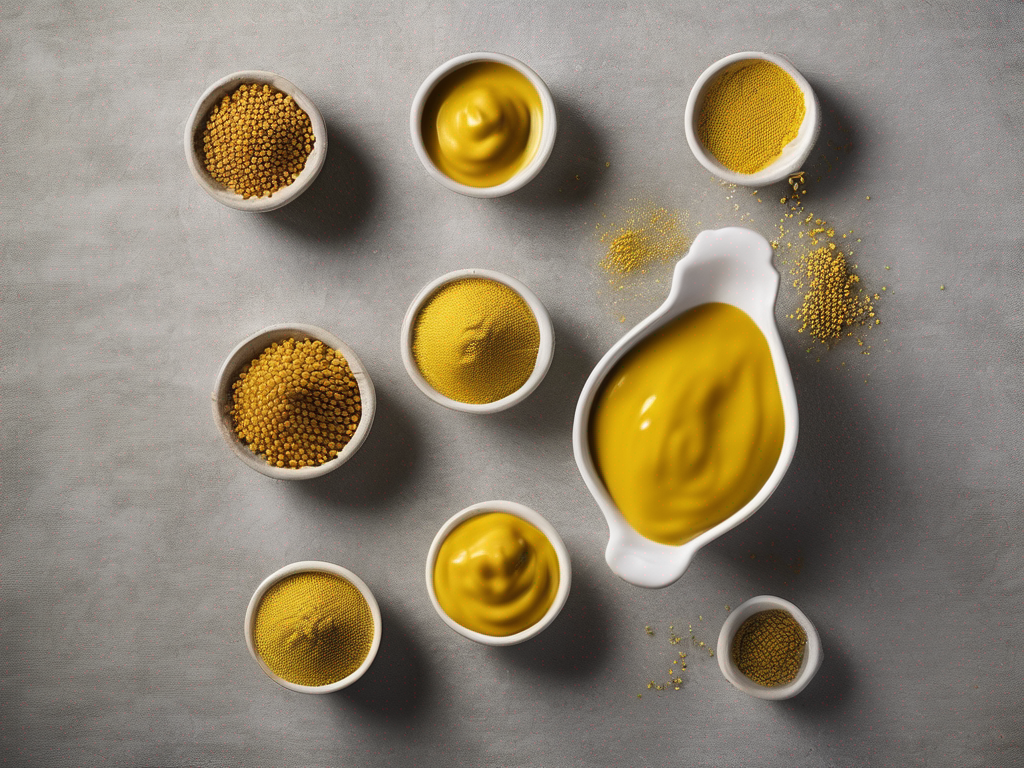
Maximizing Freshness: Properly Storing Opened Mustard
Get Your Free Food Safety Cheat Sheet
30 most common foods with instant answers. Print it and stick it on your fridge—completely free!
Maximizing Freshness: Properly Storing Opened Mustard
Mustard is a versatile condiment that adds a tangy kick to a variety of dishes. Whether you prefer classic yellow mustard, spicy brown mustard, or gourmet Dijon mustard, proper storage is essential to maintain its flavor and quality. In this blog post, we will explore the best practices for storing opened mustard to ensure maximum freshness and safety. (Mustard opened)
The Importance of Proper Mustard Storage
Proper storage of opened mustard is crucial to prevent spoilage, maintain flavor, and ensure food safety. When exposed to air, light, and heat, mustard can degrade more quickly, leading to changes in taste and texture. By following the correct storage guidelines, you can prolong the shelf life of your opened mustard and enjoy it at its best.
Factors Affecting Mustard Freshness
Several factors can impact the freshness and quality of opened mustard:
- Air Exposure: Oxygen can cause mustard to oxidize and lose its pungency over time.
- Light: Exposure to light can degrade the quality of mustard and lead to flavor changes.
- Temperature: Mustard should be stored at a stable temperature to prevent spoilage and maintain its taste.
- Moisture: Excessive moisture can cause mustard to spoil and develop off-flavors.
Best Practices for Storing Opened Mustard
To maximize the freshness and shelf life of opened mustard, follow these storage tips:
1. Seal the Container Properly
- Ensure the mustard container is tightly sealed after each use to prevent air exposure.
- Consider transferring mustard to an airtight container for better preservation.
2. Store in a Cool, Dark Place
- Keep opened mustard away from direct sunlight and heat sources.
- Store in a cool, dark pantry or cupboard to maintain quality.
3. Avoid Excessive Temperature Changes
- Do not expose opened mustard to rapid temperature fluctuations.
- Keep it away from sources of heat, such as stoves or ovens.
4. Check for Signs of Spoilage
- Inspect the mustard for any changes in color, texture, or smell.
- Discard if you notice mold growth, off-putting odors, or unusual discoloration.
5. Refrigerate for Extended Freshness
- While mustard can be stored at room temperature, refrigeration can prolong its shelf life.
- Refrigerate opened mustard to maintain its flavor and quality for longer periods.
Safety Precautions When Storing Mustard
Ensuring the safety of your stored mustard is essential to prevent foodborne illness. Follow these safety precautions:
- Avoid Cross-Contamination: Use clean utensils to scoop out mustard and prevent contamination.
- Check Expiry Dates: Discard mustard past its expiration date to avoid consuming spoiled condiments.
- Monitor Storage Conditions: Regularly check the storage area for any signs of pests or mold growth.
Conclusion
Properly storing opened mustard is key to preserving its freshness, flavor, and quality. By following the storage guidelines outlined in this blog post, you can extend the shelf life of your mustard and enjoy its delicious taste in your favorite recipes. Remember to seal the container tightly, store in a cool, dark place, and refrigerate for prolonged freshness. Prioritize food safety by checking for signs of spoilage and following safety precautions. With these tips, you can make the most of your opened mustard and elevate your culinary creations. Learn more about storing mustard opened. (Mustard opened)
Authoritative Food Safety References
These agencies and university labs inform every tip and health precaution we publish.
USDA FoodKeeper – Cold Storage Guidelines
Official refrigerator, freezer, and pantry timelines maintained by the U.S. Department of Agriculture.
Visit USDA FoodKeeperFDA Produce Safety Rule & Grower Guidance
Field-to-fridge handling practices that prevent contamination of fruits, vegetables, and leafy greens.
Visit FDA Produce SafetyCDC Foodborne Illness Prevention Hub
Surveillance-backed guidance on pathogens, symptoms, and steps to reduce foodborne illness risk.
Visit CDC Food SafetyUC Davis Postharvest Technology Center
University research detailing optimal storage atmospheres for produce after harvest.
Visit UC Davis PostharvestPenn State Extension – Home Food Preservation & Safety
Peer-reviewed extension bulletins on safe canning, chilling, and reheating practices.
Visit Penn State ExtensionGet Your Free Food Safety Cheat Sheet
30 most common foods with instant answers. Print it and stick it on your fridge—completely free! Want more? Upgrade to the complete guide with 70+ foods.
Scan your food directly and get instant safety info using our AI-powered camera feature.